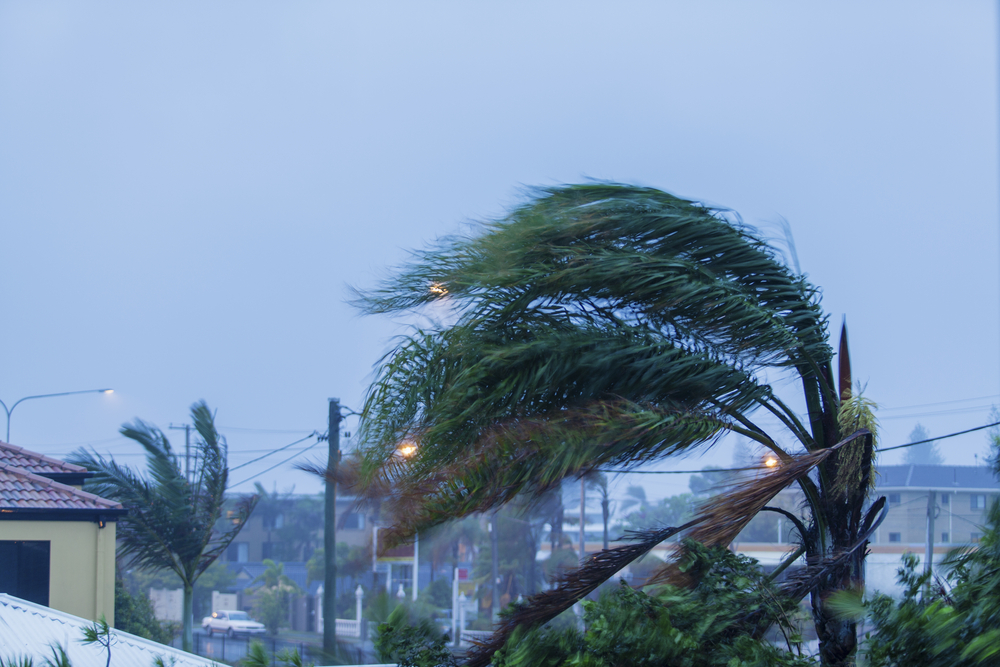Property Insurance: Avoid the Coinsurance Penalty in a claim
Your property is surely one of the most important investments you have made; therefore, it is vital to keep it insured. For the insurance to protect you as expected, maintaining the appropriate insurance limit is a must to avoid the coinsurance penalty.
What is the insurance limit? The insurance limit in a property-insurance policy is the maximum amount that the insurer will pay for a covered loss. The insurance limit in a property-insurance policy is based on the property’s replacement cost. That is, the amount of money needed to rebuild or replace your property with materials of equal or similar quality at the time of loss. The insurance limit can be found in the policy provisions, within the Property section. Your insurance agent can also help you find this information.
What is the insurance limit I should have? As a property owner, it is common to make home improvements over the years. Remodeling the kitchen and/or bathrooms, changing windows, building a terrace, or installing solar panels are examples of common improvements. These, along with inflation and an increase in labor costs, may increase the replacement cost of your property and as such, the required limit. Your insurance policy has a clause that requires you to keep your property insured for a minimum percentage of its replacement cost. This percentage varies from 80% to 100% of said value. You can find this clause in the Conditions section of your policy, which refers to the protection or the limit of insurance purchased. When the insured limit is less than the minimum required in the policy, claim payments may be subject to a coinsurance penalty.
After Hurricanes Irma and Maria, many policyholders saw their claims negatively impacted by the application of the coinsurance penalty on their policies. Therefore, if you made improvements to your home and did not notify your insurance agent or insurer; or if you have not reviewed the inflationary impact in recent years of your property’s replacement cost, it is possible that the insurance limit you currently have is lower than what you should have and therefore the coinsurance penalty could be applied in your claim adjustment. Upon reviewing your limit, it is important to note that as it increases, the annual cost of the policy will increase too.
How is the coinsurance penalty applied in a claim? As previously mentioned, the coinsurance penalty arises when, at the time of a loss, your property is not insured for the minimum limit requirement called for in your policy. In Puerto Rico, the coinsurance on coverage for a structure can be 80%, 90%, or 100%. This is the percentage you should insure as the minimum replacement cost of your home. For example, if your policy has a coinsurance clause of 80% and the replacement value of your home is $100,000, you should insure it for at least $80,000. If you do not have the minimum coverage and experience a loss, your claim payment would be subject to a coinsurance penalty. Here is an example of the impact caused by insuring less than the minimum replacement cost:
| Cost of replacing the structure | $100,000 |
| Current insured limit: | $70,000 |
| Damage to the structure | $10,000 |
| Coinsurance clause | 80% |
| 2% deductible ($70,000 x 2%) | $1,400 |
$70,000/$100,000 = 70% of $10,000 in damages = $7,000 less the $1,400 deductible = $5,600 claim payment. However, if the insured limit were the actual replacement cost, the claim payment would have been $8,600; in other words, $10,000 in damages minus the deductible of $1,400.
How can I avoid the coinsurance penalty? As you can see, it is important to periodically review the limit on your property insurance and determine whether the amount insured at that time is on a par with your home’s replacement cost. Consider these three steps to avoid the coinsurance penalty.
- If it has been a long time since you last reviewed your insured limit, we recommend that you get a replacement cost assessment. Choose a professional appraiser and tell them all the improvements made to your property, as well as any equipment attached to the structure, such as solar water heaters, generators, and water tanks, among others.
- If you make improvements to your home, contact your insurance agent, and let them know what these improvements are. Have your receipts on hand, including the incurred costs.
- Consider purchasing an inflation guard rider for an additional premium. This rider provides an automatic annual increase on the insurance limit to keep it current with the economy’s inflationary effect. You can choose, among several alternatives, the inflation percentage you want to consider and the number of years you want to apply it.
Count on Popular Insurance, LLC to guide you on the alternatives to keep your limits updated and be well protected. Call us at 787-706-4111 or fill out the following form.
1An assessment of the replacement cost does not include an appraisal of your property’s market value. In fact, in some cases the replacement cost could be higher than the market value, or vice versa. An assessment of your property’s replacement cost is done to update what it would cost to rebuild your property under current construction costs and is used to determine your insurance policy’s coverage limit. 2Popular Insurance, LLC is on your side to help you. Insurance products are not deposits, are not insured by the FDIC or other federal government agencies, are not guaranteed by Banco Popular de Puerto Rico, and may lose value. Popular Insurance, LLC is a subsidiary of Popular, Inc. and an affiliate of Banco Popular de Puerto Rico.


